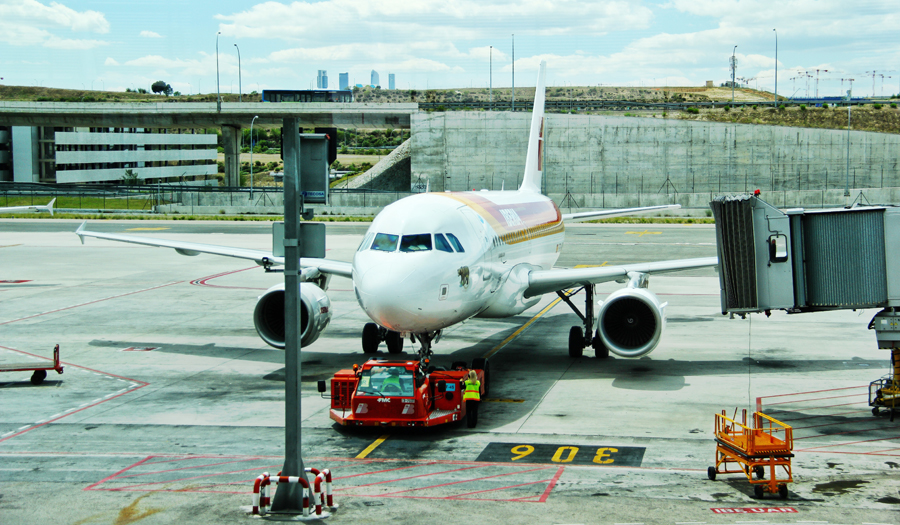Technology for safer skies
Northrop Grumman’s Park Air radios are used in air traffic control towers around the world, to communicate with aircraft and keep the skies around our airports safe. The T6 is one of the company’s flagship radios, and as such, it’s the subject of constant scrutiny and development.
Cambridge Consultants were tasked with improving the T6, to make it even more effective, as well as smaller, lighter and more energy efficient. Several equations, foam
Here's the hard part
Cambridge Consultants have long been partnered with Northrop
Taking the thencurrent T6 radio, which was already servicing local airports and civil flights, as well as large international and military operations, Cambridge Consultants were tasked with reducing the size of the unit, making it more environmentally friendly, and improving its performance.

How did Cambridge Consultants improve the T6?
First of all, consider this the T6 can perform at temperatures between 22 and +55 ̊C, which means it’s good to go in the harshest conditions.
The next challenge, improving performance and power whilst reducing the size, meant taking a look at the space inside the radio’s case. For over 50 years, Cambridge Consultants have been inventing and reinventing some of the most complex and highperforming technology in the world, and alongside some worldleading processes and technology of its own, the team has some more modest approaches to problem solving.
During the redesign of the T6, Cambridge Consultants and the team from Northrop Grumman, cut blocks of foam and folded origami models of each component, to test their suitability inside the radio’s case.
The
The new T6 comes with its own form of intelligence, in that it constantly monitors its own health, placing itself into a low power consumption mode if it finds something is wrong. The radio will then alert its keeper of the
With its own
Explore further
The T6 in Business Weekly
Cambridge Consultants on the T6 radio
Northrop Grumman on the T6 radio